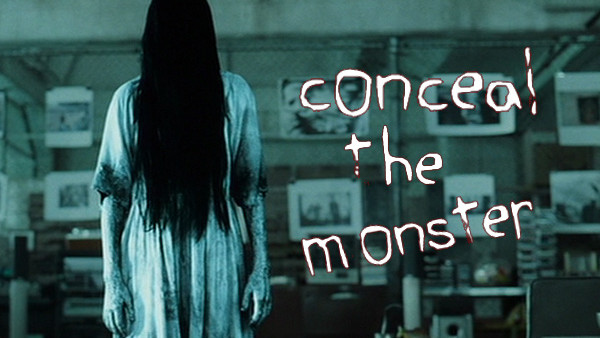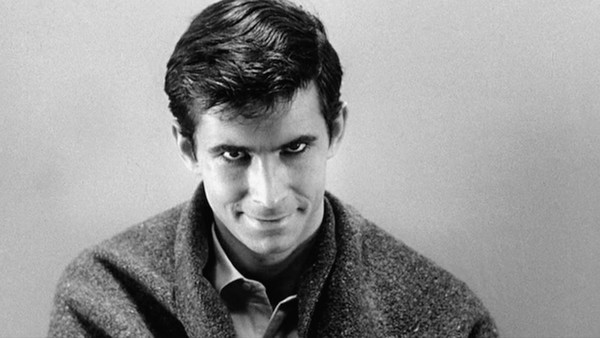10 Golden Rules For Making The Perfect Horror Movie
How to really get under fright fans' skins...

October is a weird month for horror, isn't it?
On one hand, it is the month where everyone is ready to be spooked. On the other hand, the horror films we receive every October tend to be (charitably speaking) a bit disappointing. This year, we're getting another Ouija movie that no one asked for, which followed September's Blair Witch Project follow-up that precisely no one asked for. Meanwhile, in Hollywood, Saw 8 is filming next month. Guess what month it lands in 2017...
It makes perfect sense why we always get at least one mediocre horror film in October. People want to be scared this time of year, so we're more likely to lower our standards when we go to the theatre in the vain hope. This is also why the best horror films tend to come out during the summer, because they won't need their audience to be suffering a seasonal handicap.
But this is not an article about how Hollywood plays us every year. That would be too easy. This article is about the horror films we're compelled to watch and re-watch every October to chill our blood and cause us and our friends to scream aloud in a dark room. The horror films that make you double check all the locks in your home before going to sleep at night.
What everyone finds scary is subjective, of course, but there are a number of rules that every great horror film abides by regardless of its subject matter. Not convinced? You will be.
10. Suspense Is Far Better Than Surprise

Every film student is acquainted with Alfred Hitchcock's principle of suspense: A bomb that goes off in the middle of a conversation is much more engaging to an audience when we know it is there from minute one. It's safe to say the man who directed Psycho knew a thing or two about drawing an audience to the edge of their seats and keeping them there for 2 hours.
There are a lot of complaints in contemporary film discourse about "Jump Scares", and while I won't harp on this too much, I believe the conversation is somewhat misdirected. Jump scares are not the problem in modern horror films, but a symptom of the real problem.
A jump scare is a blanket term for any startling moment in a horror film that is unearned. When you make a cat hiss loudly at the camera, or a man with a chainsaw leaps out of a cupboard without any sort of buildup. These sort of scares startle - especially when a violin in the soundtrack shrieks in surprise - but they leave an audience feeling cheated, and they never stick with you.
The key to making your horror film effective in a moment to moment basis is not by withholding information, but rather by giving the audience enough information to terrify themselves with anticipation of the scary moments.
Directors like Hitchcock (or James Wan, to use a contemporary example) know viewers are anticipating scares from the get go, and feed you information that only heightens that anticipation as the film progresses toward its most shocking moments.